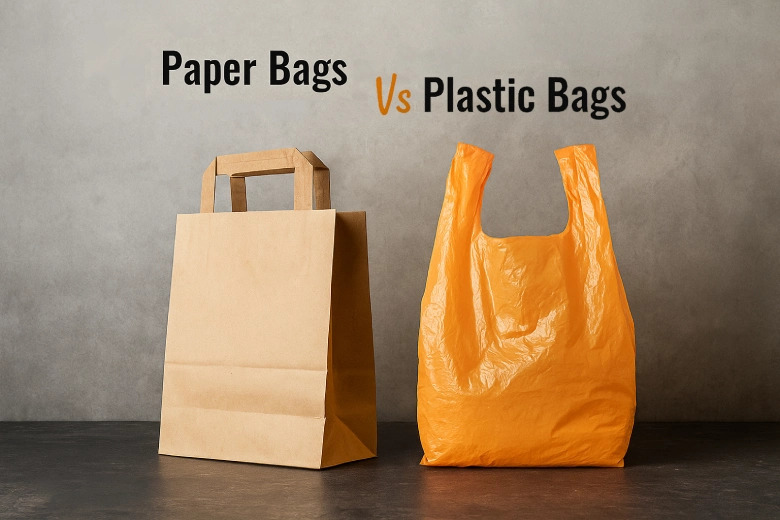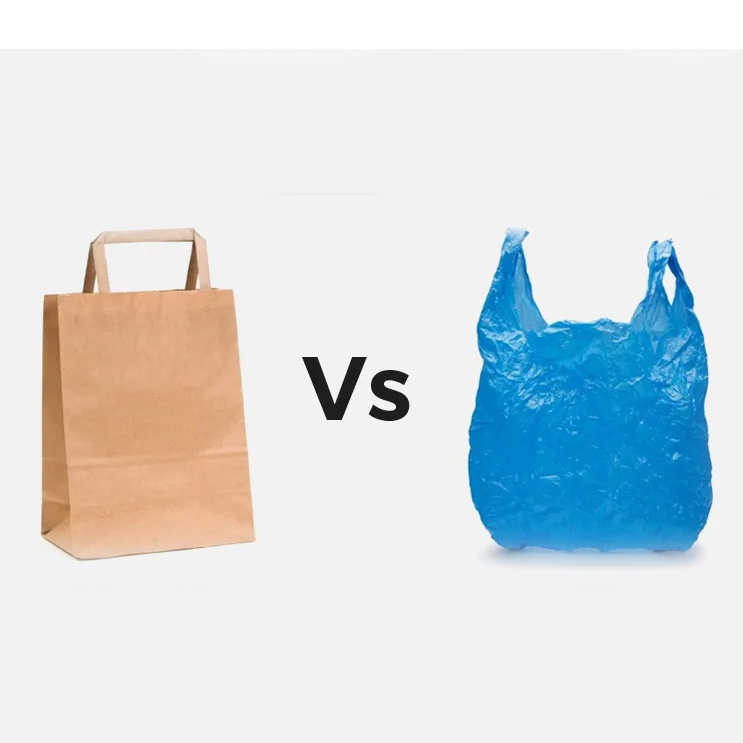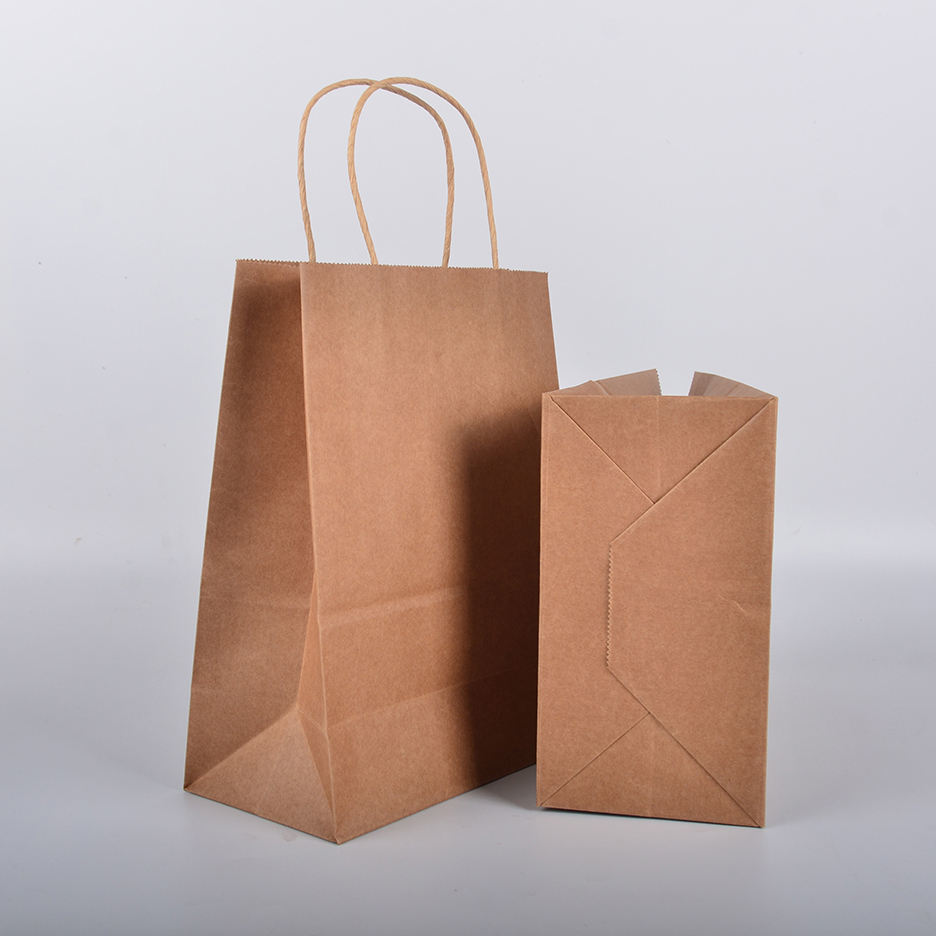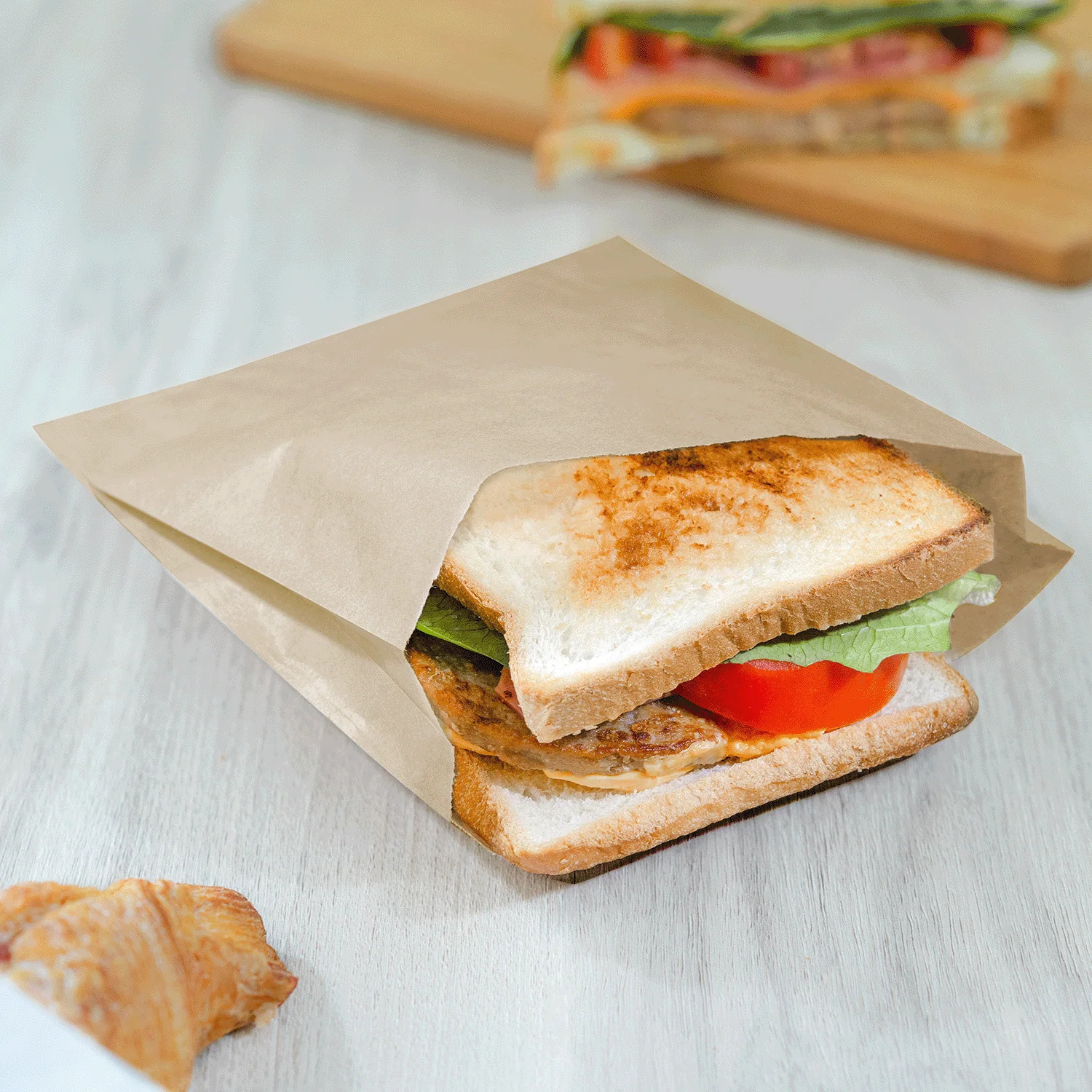Paper bags versus plastic bags
Release time:
Oct 08,2025
Both paper and plastic bags play vital roles in modern retail, appearing in nearly every store, supermarket, and shopping mall. However, as global awareness of environmental protection grows, many cities and regions are actively reducing plastic waste and encouraging the use of sustainable alternatives. In this context, paper bags—especially kraft paper treat bags—are gaining significant attention for their eco-friendly and practical advantages.
Environmental Benefits
Paper bags are biodegradable, recyclable, and made from renewable resources, making them far less harmful to the environment than plastic bags. They break down naturally and can be reused or repurposed easily, reducing the strain on waste management systems. With sustainability becoming a key value for businesses and consumers alike, paper bags have emerged as a symbol of green living and responsible consumption.

Branding and Advertising Value
Beyond functionality, paper bags serve as powerful marketing tools. Their smooth, printable surfaces allow for vivid branding, logos, and messages that turn every customer into a walking advertisement. High-quality paper bags not only promote a company’s image but also communicate professionalism and attention to detail—qualities that plastic bags often lack. For premium brands, customized paper bags elevate the customer experience and strengthen brand perception.
Durability and Design Versatility
While early paper bags were fragile, modern production techniques have significantly improved their strength, wear resistance, and water resistance. Today’s paper bags can safely hold heavier items and remain visually appealing. Compared with low-cost plastic bags that tear easily and degrade in quality over time, premium paper bags offer both practicality and elegance. Their slightly higher cost is offset by their reusability and superior presentation.

Importance of Bag Size and Functionality
Choosing the right size for a paper bag is essential for both functionality and efficiency. Oversized bags waste material, while undersized bags cause inconvenience. Designers now tailor bag dimensions to suit specific product categories—from compact grocery bags to larger, refined gift bags that require higher-end materials and craftsmanship. A well-designed bag not only fulfills its practical purpose but also enhances the customer’s visual and tactile experience.
Paper bags are more than simple carriers—they represent a shift toward sustainability, brand value, and modern design. Compared to plastic bags, they embody environmental responsibility while offering superior marketing potential and durability. As eco-friendly packaging continues to lead global trends, adopting paper bags in your business operations is both a responsible and strategic move. To explore high-quality, customizable paper packaging options, visit SenAng’s website or contact our professional team for tailored solutions.

 English
English Русский язык
Русский язык Español
Español













